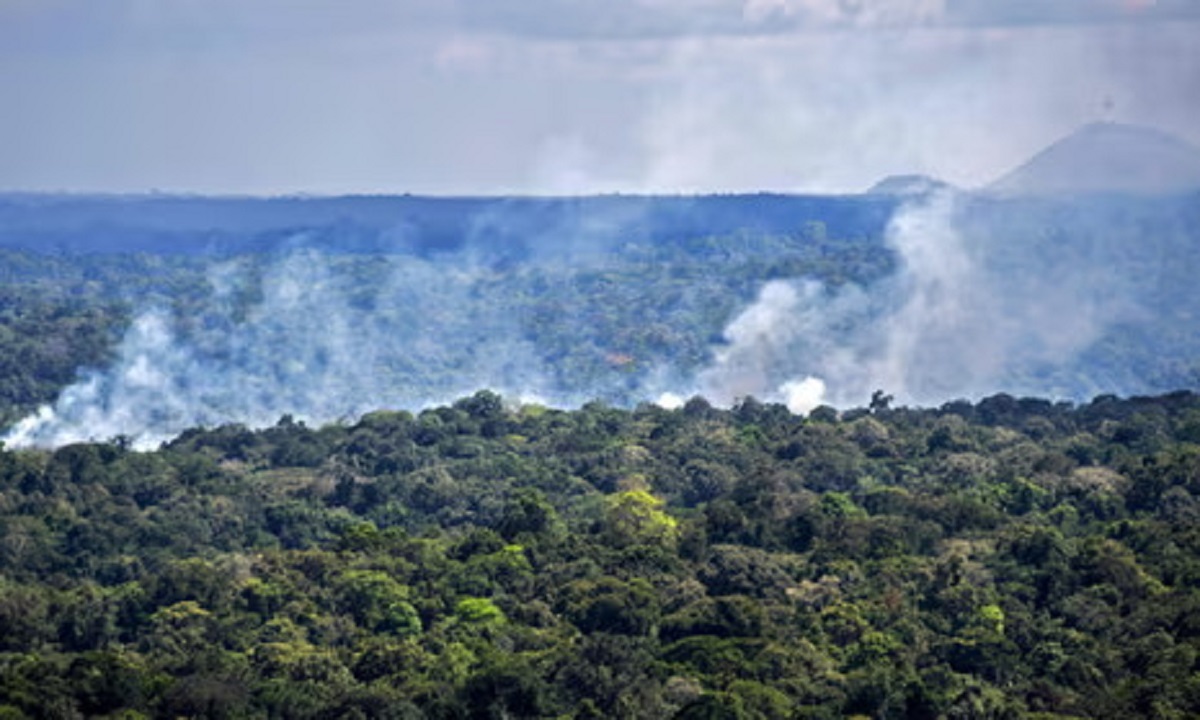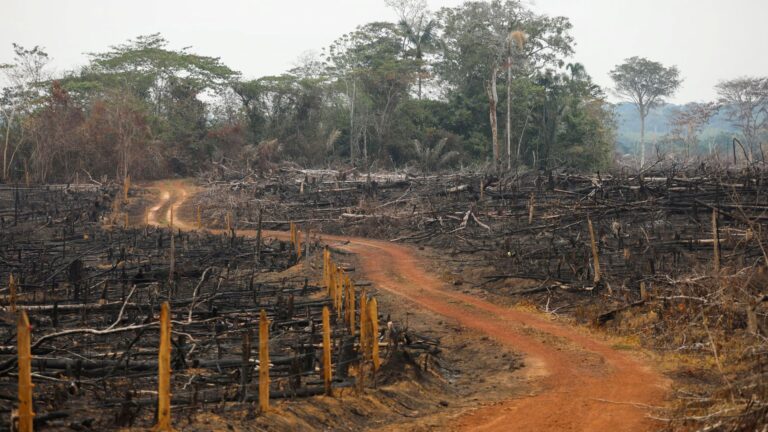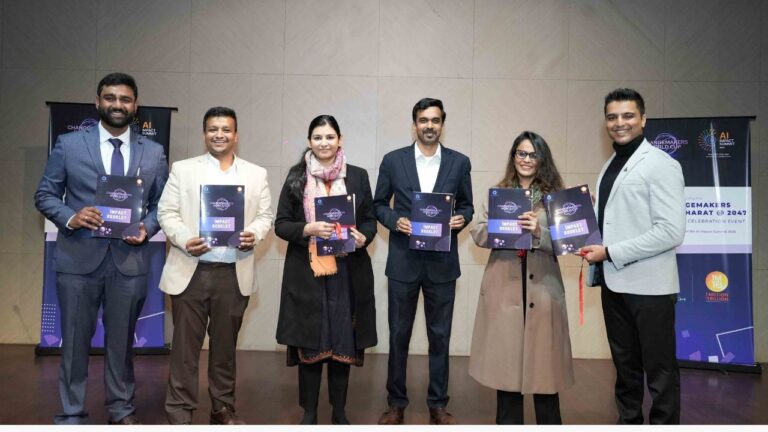
As human activities continue to degrade the environment, the risk of infectious disease outbreaks is rising. According to a recent study, four key human-induced global changes—biodiversity loss, introduction of non-native species, climate change, and chemical pollution—are the primary drivers of disease spread among humans, plants, and animals.
Comprehensive Analysis of Global Change Drivers
The study, titled “A Meta-Analysis on Global Change Drivers and the Risk of Infectious Disease,” was published in the journal Nature earlier this month. Conducted by a team of 20 researchers from prominent U.S. universities such as the University of Notre Dame, Yale University, Oregon State University, and the University of Connecticut, it offers a broad view of how environmental changes impact disease spread.
Previous research has also pointed to the connection between environmental changes and disease outbreaks, but this new study expands on those findings. It shows that global changes are affecting infectious disease risks worldwide across multiple species.
Key Findings of the Study
The researchers focused on five critical global change drivers: biodiversity loss, climate change, chemical pollution, non-native species, and habitat loss. They compiled data from nearly 1,000 previous studies to analyze how these factors influence infectious disease outcomes, such as the number and severity of cases, for plants, animals, and humans on every continent except Antarctica.
Biodiversity Loss and Disease Spread
Biodiversity loss emerged as the most significant factor influencing disease spread. The “dilution effect” hypothesis suggests that in regions rich in biodiversity, the spread of infectious diseases is limited because pathogens have a harder time finding and infecting common host species. As biodiversity declines, rarer species disappear first, leaving abundant species, which can more easily carry and spread diseases.
Jason Rohr, an infectious disease ecologist at the University of Notre Dame and one of the study’s authors, explained to The Indian Express that the disappearance of larger mammals, which are less competent hosts, leaves more white-footed mice, which are highly competent hosts for Lyme disease, increasing the disease’s spread.
The Impact of Other Global Change Drivers
Other global change factors also play a significant role in disease spread. The introduction of non-native species can bring new pathogens and parasites, leading to outbreaks of new diseases. This was seen when the Asian tiger mosquito, carrying diseases such as dengue and chikungunya, arrived in Europe from Asia.
Climate change can alter species’ migratory patterns, bringing them into contact with new species and allowing the exchange of pathogens. Meanwhile, chemical pollution can weaken immune systems, making organisms more susceptible to diseases.
Habitat Loss: A Surprising Finding
Interestingly, the study found that habitat loss might reduce disease spread. Rapid urbanization, which leads to habitat loss for wild hosts and parasites, could improve sanitation and health infrastructure, potentially reducing the incidence of infectious diseases.
Challenges and Future Directions
Despite its comprehensive approach, the study has limitations. Many of the analyzed studies focused on single global change drivers, whereas in reality, multiple drivers often interact simultaneously. For instance, climate change and chemical pollution can both contribute to habitat loss and biodiversity decline, thereby facilitating species introductions.
Future research needs to consider how these factors collectively influence disease risk. Understanding whether these drivers add, subtract, or multiply the risk of disease outbreaks is crucial for developing effective strategies to mitigate these risks.
The study underscores the urgent need for comprehensive environmental management to mitigate the risk of disease outbreaks. As human-induced changes continue to impact the planet, addressing these issues holistically is essential for protecting both human health and biodiversity.





